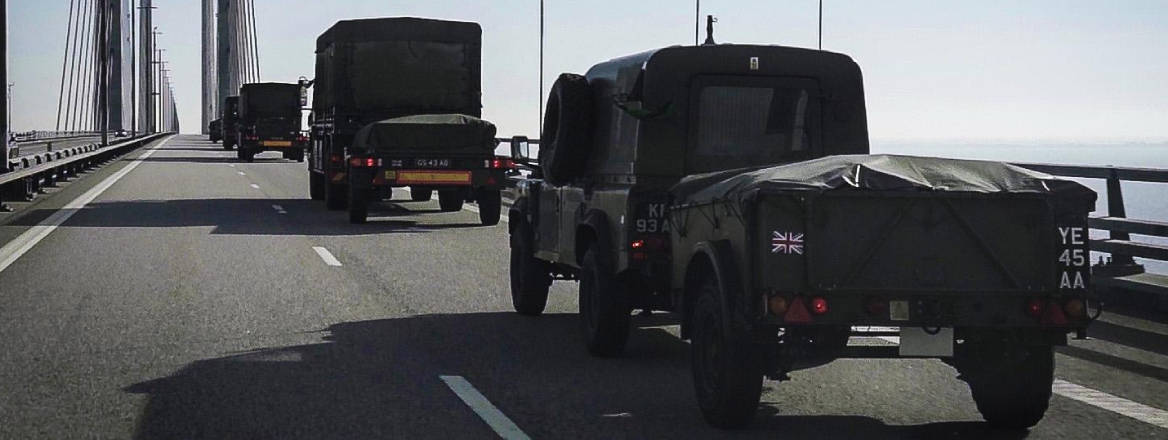The Case for Joint Military–Industry Greyzone Exercises
This Briefing Paper suggests that joint military–industry exercises can help build resilience against the increasing number of greyzone attacks that liberal democracies are facing.
Greyzone aggression is effective because it exploits gaps in countries’ defence. Virtually no liberal democracies are set up to defend themselves against a combination of non-kinetic attacks on civil society. It is, however, clear that the armed forces alone cannot defend their countries against this type of aggression. With businesses now finding themselves targets of geopolitically motivated aggression, such as cyber attacks, they can play a significant role in better defending themselves and, as a result, their countries of operation. Today, corporate crisis management exercises have a purely tactical scope, focusing on company-specific threats.
This paper proposes joint military–industry exercises to practise defence against greyzone aggression. Such exercises would, to some extent, mirror traditional military exercises. They would, however, be purely defensive in nature and include specific companies, which would volunteer to participate or be invited to do so. The exercises would be conducted under the authority of the interior ministry and would help the armed forces and participating companies to respond to a greyzone attack in a coordinated fashion. As with traditional military exercises, industry participation should involve participants at all levels up to the chief executive. A good model on which to build these are Sweden’s ‘total defence’ exercises, which were conducted until 1987 and resumed in 2019.
Businesses that participate in such joint greyzone exercises should be given International Organization for Standardization-style, industry-recognised certifications, which would signal their foresight and preparation to clients and consumers. Costs for the exercises should be borne by the armed forces, with participating businesses carrying their own costs. Key to the success of military–industry greyzone defence exercises would be the support and participation of top political decision-makers.
WRITTEN BY
Elisabeth Braw
Resident Fellow at the American Enterprise Institute (AEI)


